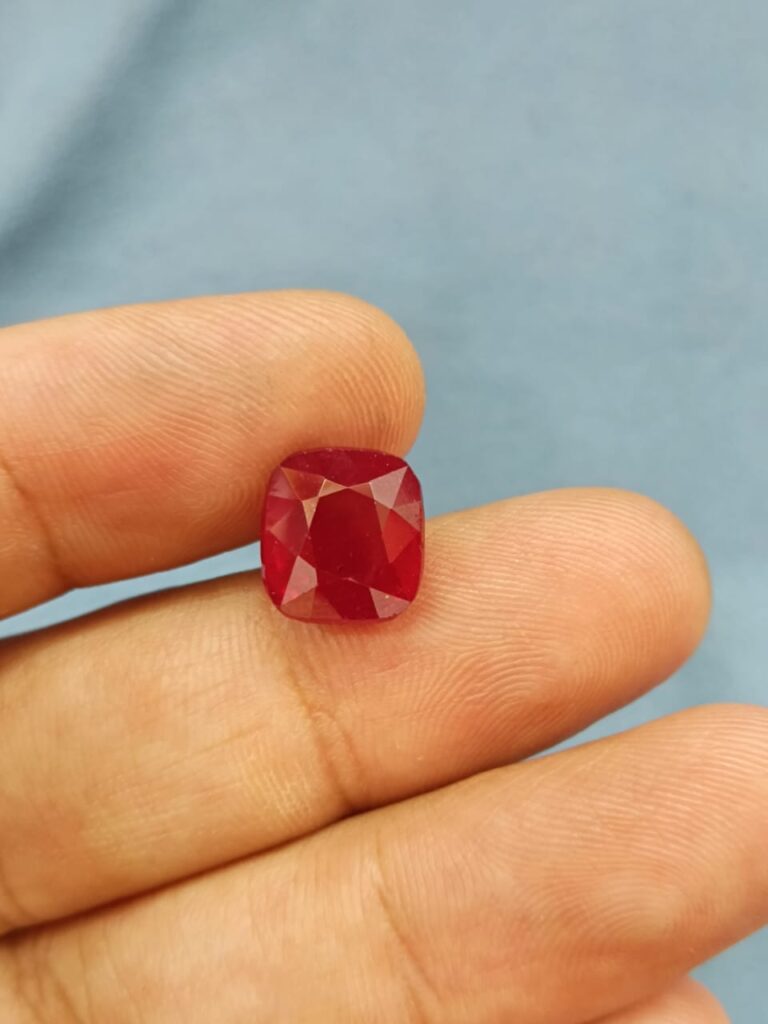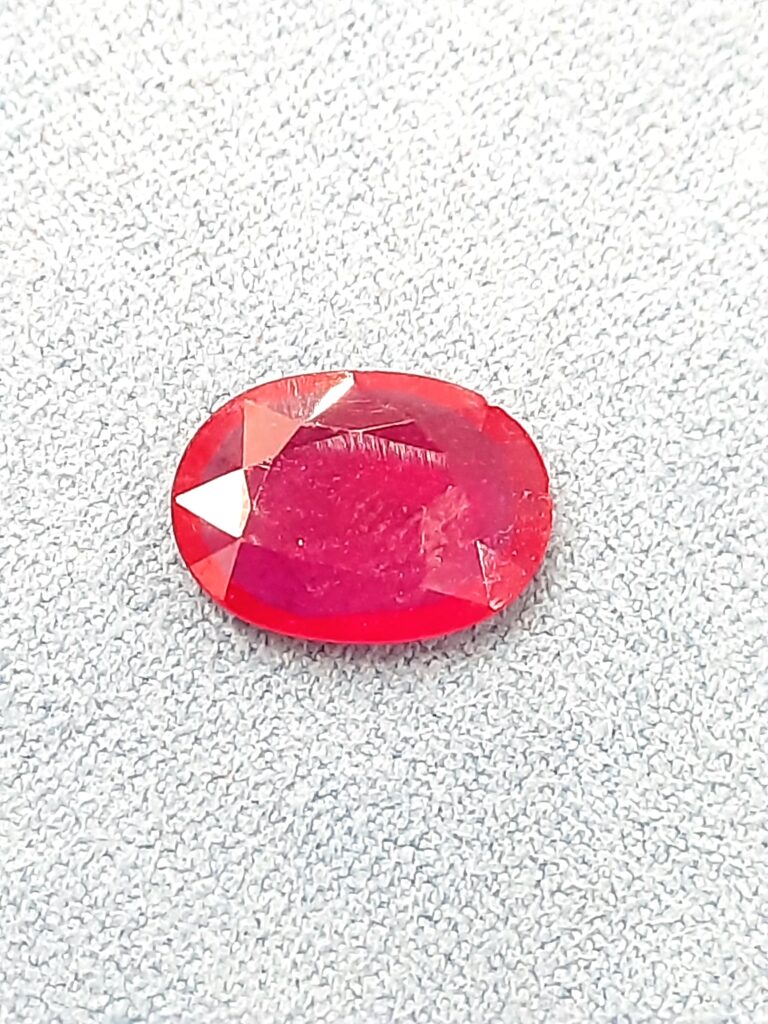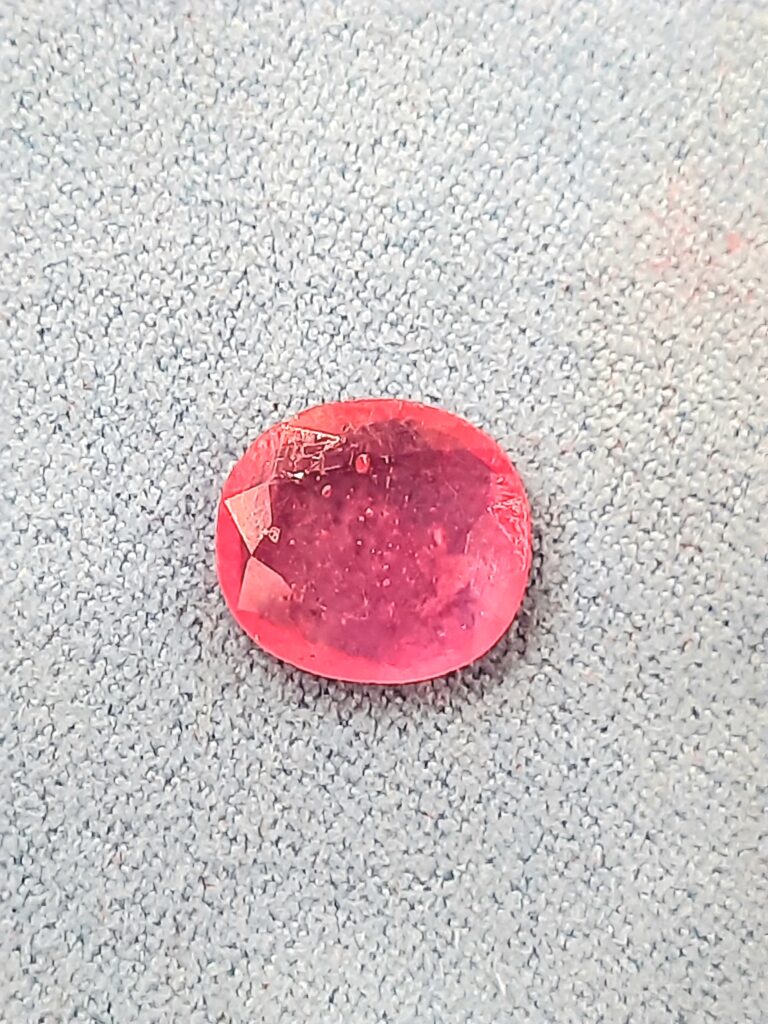Manik Stone (Ruby)
Manik Stone (Ruby)
The Manik Stone (Ruby) is the Stone of Sun. The Sun is the King of all planets, making it one of the principal Ratna. Ruby's color ranges from pale pink to a deep, fiery red and the color of this stone is due to the chromium present in it. People often wore it on their right hand to get benefits. It is second only to Diamond in terms of hardness. Ruby gem comes from corundum mineral family.



